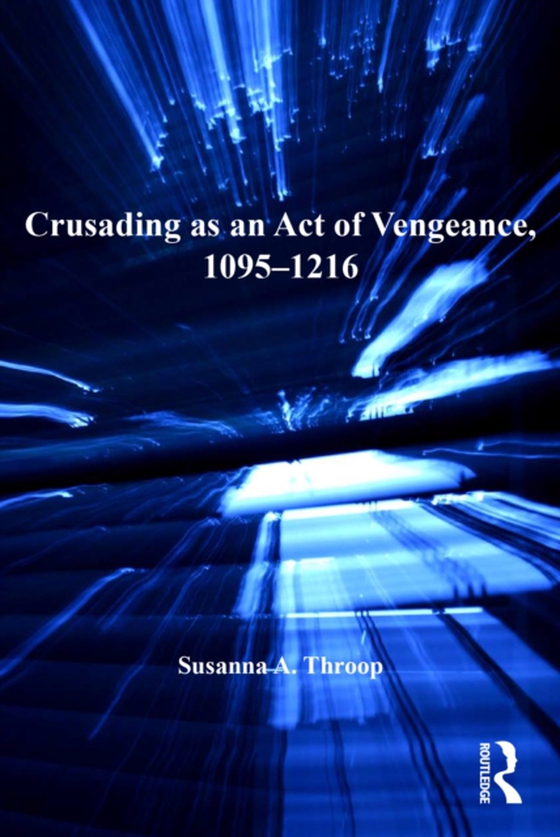
Crusading as an Act of Vengeance, 1095-1216 e-bog
348,37 DKK
(inkl. moms 435,46 DKK)
Only recently have historians of the crusades begun to seriously investigate the presence of the idea of crusading as an act of vengeance, despite its frequent appearance in crusading sources. Understandably, many historians have primarily concentrated on non-ecclesiastical phenomena such as feuding, purportedly a component of "e;secular"e; culture and the interpersonal obligations inhe...
E-bog
348,37 DKK
Forlag
Routledge
Udgivet
22 april 2016
Længde
242 sider
Genrer
1D
Sprog
English
Format
epub
Beskyttelse
LCP
ISBN
9781317156727
Only recently have historians of the crusades begun to seriously investigate the presence of the idea of crusading as an act of vengeance, despite its frequent appearance in crusading sources. Understandably, many historians have primarily concentrated on non-ecclesiastical phenomena such as feuding, purportedly a component of "e;secular"e; culture and the interpersonal obligations inherent in medieval society. This has led scholars to several assumptions regarding the nature of medieval vengeance and the role that various cultures of vengeance played in the crusading movement. This monograph revises those assumptions and posits a new understanding of how crusading was conceived as an act of vengeance in the context of the twelfth and early thirteenth centuries. Through textual analysis of specific medieval vocabulary it has been possible to clarify the changing course of the concept of vengeance in general as well as the more specific idea of crusading as an act of vengeance. The concept of vengeance was intimately connected with the ideas of justice and punishment. It was perceived as an expression of power, embedded in a series of commonly understood emotional responses, and also as an expression of orthodox Christian values. There was furthermore a strong link between religious zeal, righteous anger, and the vocabulary of vengeance. By looking at these concepts in detail, and in the context of current crusading methodologies, fresh vistas are revealed that allow for a better understanding of the crusading movement and those who "e;took the cross,"e; with broader implications for the study of crusading ideology and twelfth-century spirituality in general.
 Dansk
Dansk

